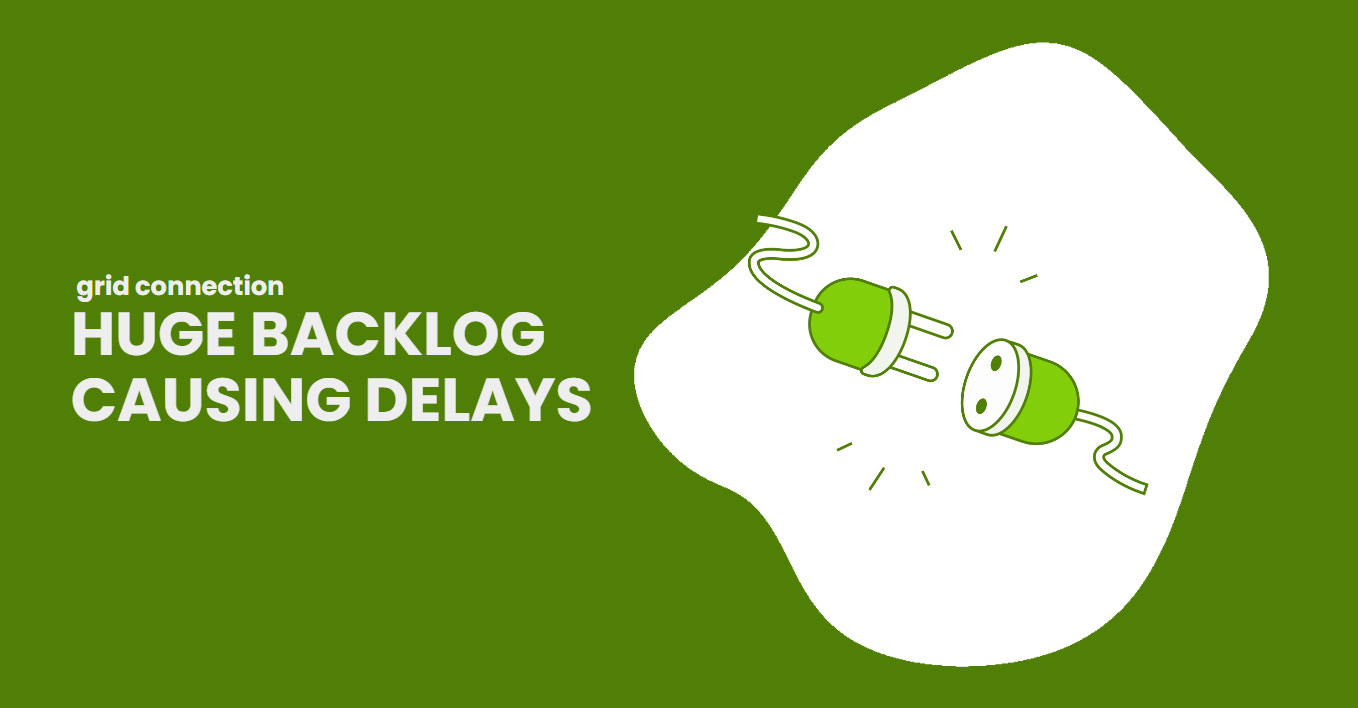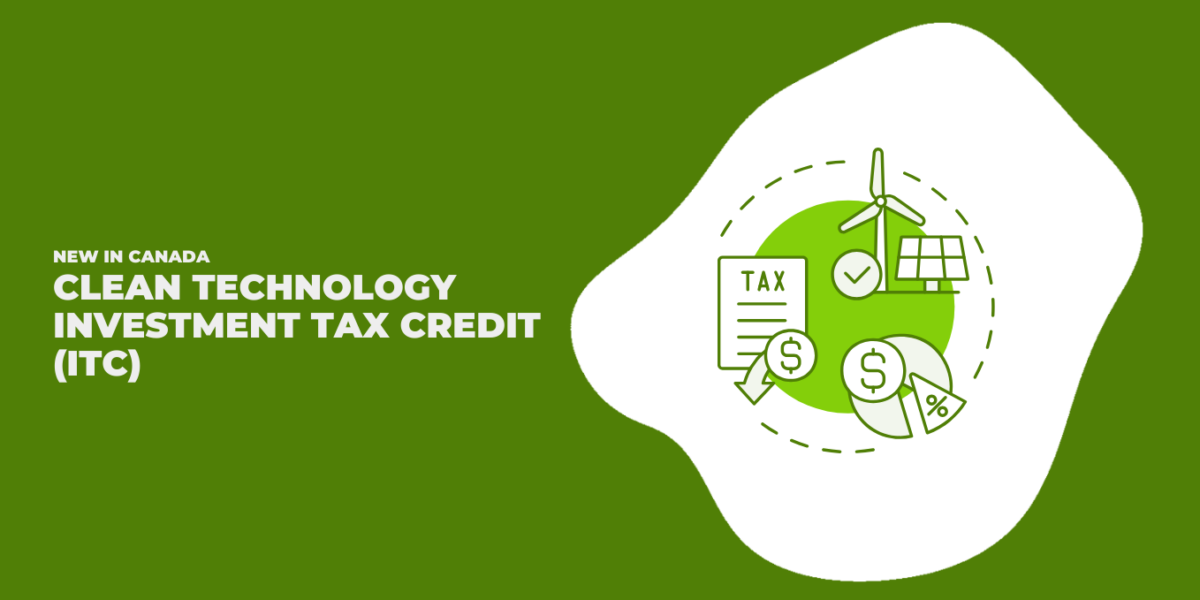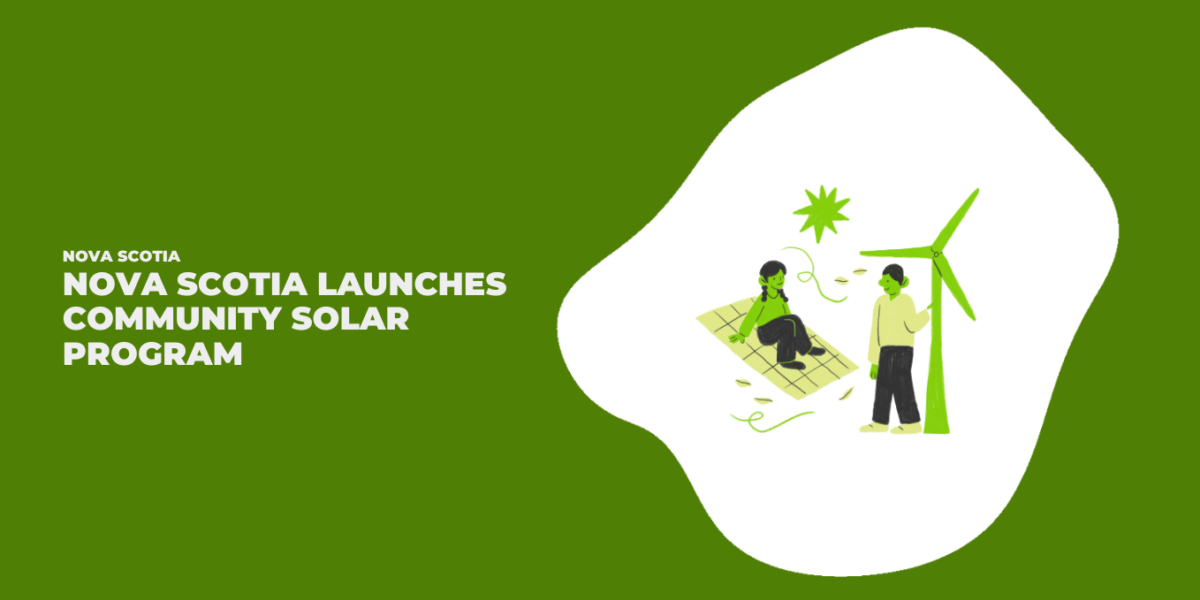To connect a new power source to the U.S. grid, energy generators must complete a lengthy application process through their regional utility or transmission authority. This bureaucratic process, called the interconnection queue, can take years.
What’s worse, adding substantial clean power to the grid requires grid upgrades that are often so expensive, power generators have to back out from their proposed projects.
The huge backlog
The interconnection queue is causing major delays in the country’s ability to distribute clean energy, and if not addressed, it will hinder the path to reaching climate goals.
The existing system does not offer enough transmission lines to support the transition from fossil fuel-based electric systems to a green and decarbonized grid.
Currently, the entire electric grid has an approximate installed capacity of 1,250 gigawatts of power. Around 2,020 gigawatts of energy capacity are waiting for the green light to be connected.
Let’s talk about fees
The Oceti Sakowin Power Authority, a nonprofit government entity owned by seven Sioux Indian tribes, submitted an application to build a 570-megawatt wind farm with plans to sell the energy to customers in South Dakota.
To begin the process of connecting their wind power generation to the grid and to be able to profit from the sale of that power, the Oceti Sakowin Power Authority had to submit an interconnection request.
To secure a place in line for its application to be reviewed, the Oceti Sakowin Power Authority paid a $2.5 million dollar deposit back in 2017 to the Southwest Power Pool, a regional grid operator.
After waiting five years, the Oceti Sakowin Power Authority heard back from the Southwest Power Pool. They were told that the cost to connect to the grid would be $48 million dollars due to the required updates to the existing transmission infrastructure. Shockingly, the Oceti Sakowin Power Authority only had 15 business days to come up with the additional $45.5 million dollars needed for the project to continue.
The Oceti Sakowin Power Authority could not do it and had to drop out.
Now, they are working on reevaluating the size and composition of their proposed project and planning to reenter the interconnection queue, which could mean another few years of waiting in line.
These types of wait times, surprise fees, and burdens facing the renewables industry are typical
According to the Berkeley Lab, from results gathered in 2022, it took a new power generation project in the US thirty-five months on average from the interconnection request being filed with a grid operator to an agreement being reached.
How can this situation improve?
Proposed solutions from industry experts include providing developers with more information so they can make an informed decision about their project before waiting years in the queue on a proposal that might not be financially feasible.
Also, there has been a call for stricter mandates on regional grid operators to complete studies within a predetermined and reasonable time period.
What’s clear is the expansion and upgrading of the electrical transmission system has not even remotely kept up with the fierce rate of uptake the US is seeing in its generator-supply side.
The green energy transition is very much underway, but there are still hurdles to cross before applications can expect quick approvals and feasible fees for actualizing their projects.




